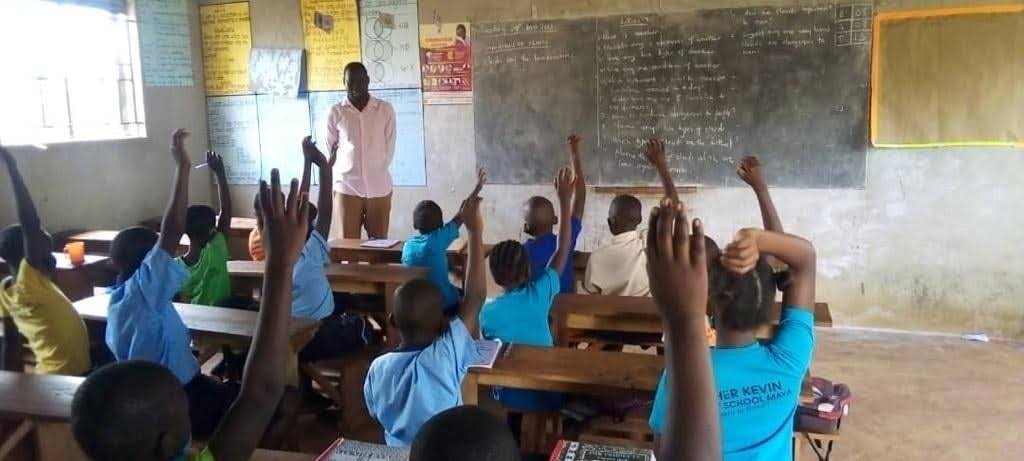Gender Equity
Why Does Gender Equity Matter?
Gender equity impacts economic sustainability for all. A future of gender parity is one filled with abundance:
- Increased economic opportunities for businesses globally
- Solutions to a worsening labour shortage
- Diverse representation among political leadership
- Further innovation in the tech and startup industries

Gender mainstreaming.
There is still a major bias of the gender ratio in education with boys being superior to girls in numbers at all levels i.e primary, secondary and tertiary. There are a number of efforts that are being done by the government and non-governmental organizations to close this gender inequality gap in education. Listed below afew of the initiatives
- Introduction of the additional 1.5 points to females joining public universities. This has grown the curve of female representation in universities.
- NGO programs like keep a girl in school funded and implemented by United nations and its partners.
- Improving menstrual hygiene and its discomfort while in school. Many girls would drop out of school when they started their menstrual periods because if the stigma that comes with it. They didn’t have the supplies to comfortable have their periods in school, so they would stay home till the periods stopped and this would make them lag behind academically but also be teased about it.
- Offering mentorship seminars to girls to encourage them have higher education targets. Prestigious women give lectures and interactions to show the potential within a girl child. This boosts their confidence and makes them aim higher.
- Aggressively handling and advocating against child marriages. Many girls would be married off in their teenage years as early as 15years. But the law has been very strict on this and advocacy has helped change people’s perspective towards this vice. This has kept girls in school

- Supporting teen mothers. Many teen mothers have been empowered with nonformal education of vocational studies by NGOs so that they can have an improved way of life. Before that, teenage pregnancy would be an automatic gateway to early marriages/single motherhood.
- Infrastructure to support the sanitation concerns of girls in school e.g latrines, clean water etc.
- Inclusion of girls in school clubs like sports, debate, interact, performing acts, keeps them interested in school.
- Introduction of scholarships for girls coming from low social economic statuses to give them a chance. These are usually funded and implemented by non-government organisations.
- The general women empowerment programs across the country e.g encouraging women into political ambitions, prestigious job positions like judges etc. Encouraging girls to report cases of sexual harassment and being assisted with free legal support to attain justice.
Even though it may seem like the boy child is having a smooth ride to attain education, this is not necessarily true. They too are faced with their own challenges, though not as pronounced as those of the girl child. Down below are some of the common challenges of the boy child in education attainment.
- Sexual harassment. Boys are also being faced with challenges of sexual advances from their school mates (usually older) and school staff. This makes them uncomfortable and henceforth grow a dislike for school attendance. It also makes them loose concentration on their studies.
- Drug and abuse. This is a silent killer in the youth in Uganda especially alcoholism. We also have crude consumption of marijuana which is usually accompanied but cigarette smoking. These addictions impair the desire of schooling among the youth.
- House chores. Just like the girl child, boys are also expected to do some chores before and after heading to school. Some of these chores are exhausting and by the time they are in class they are mentally and physically tired.
Not much is being done to directly improve the pursuit of education in the boy child. Most efforts are still being focused on the girl child.


